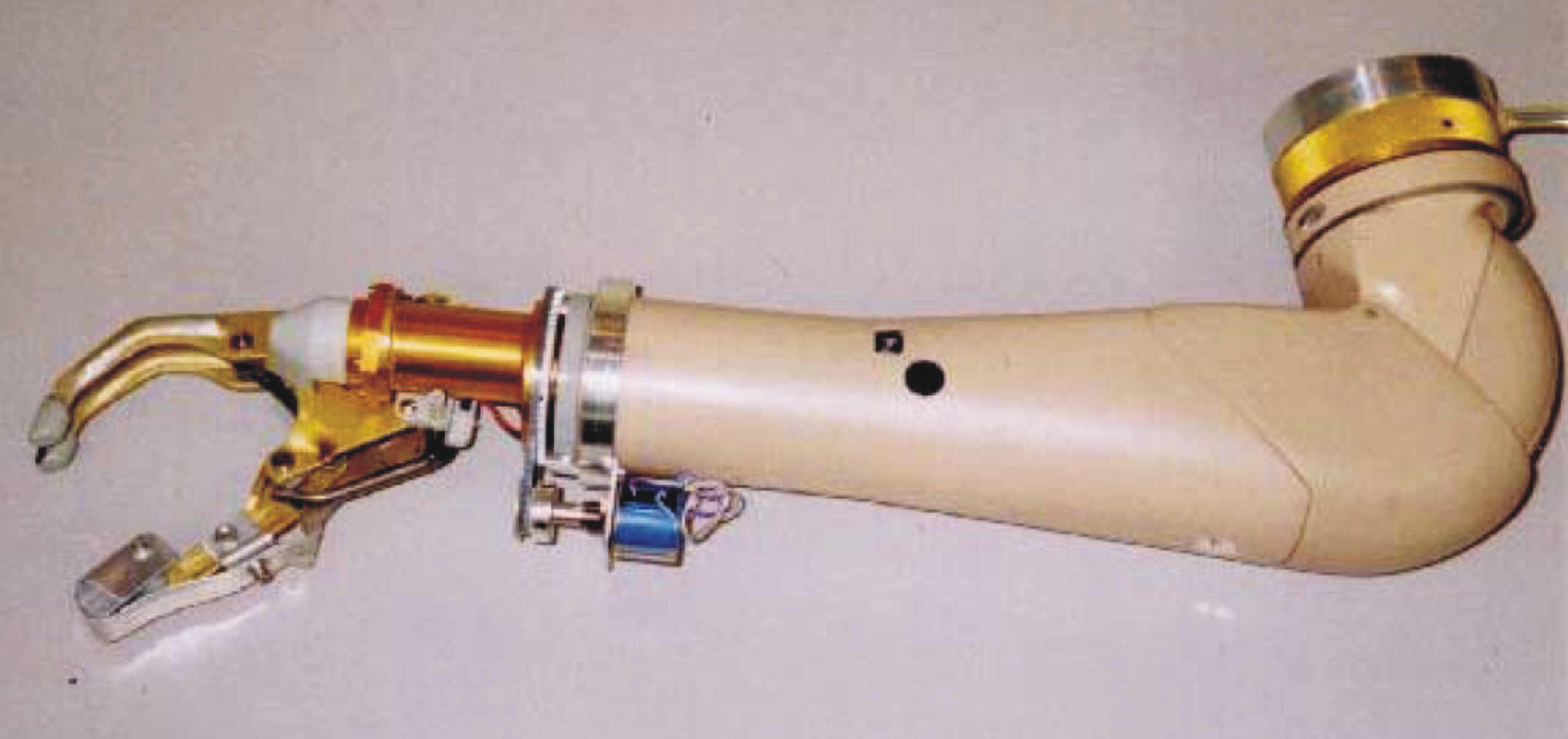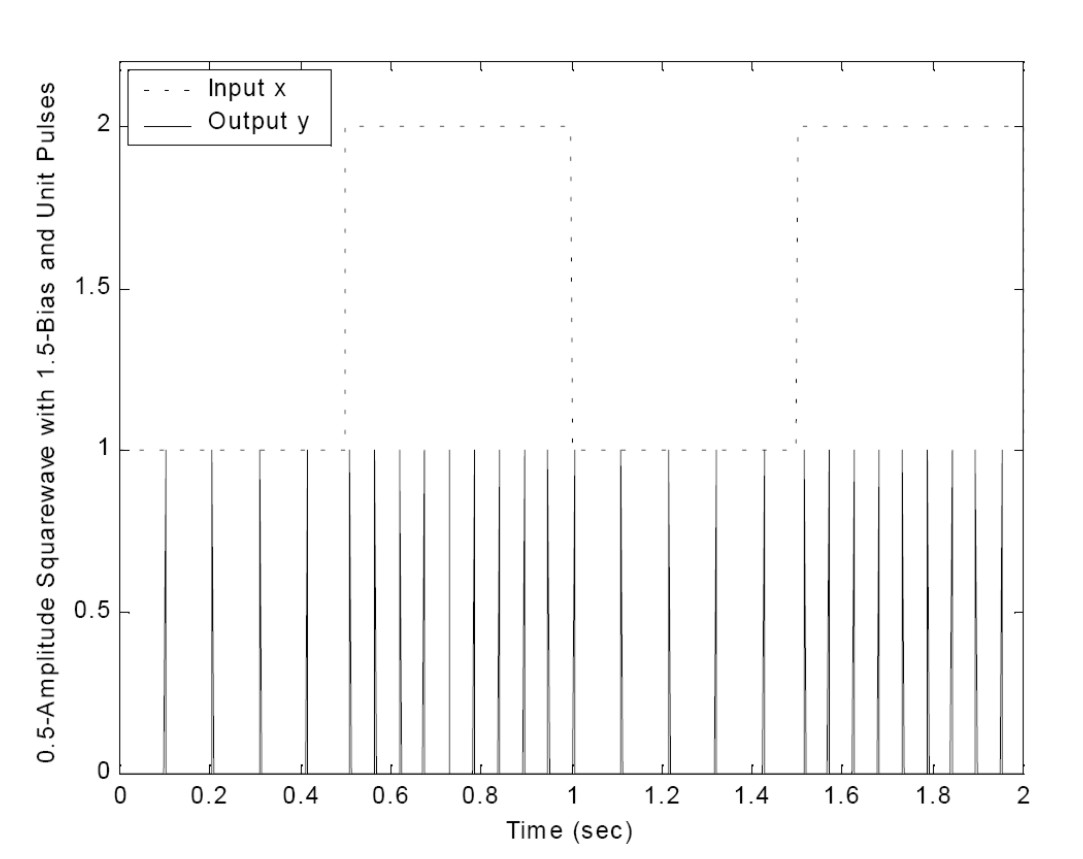|
|
Pulse-Frequency-Modulation Control of NeuroprosthesesThis is research done under the guidance of Sanford Meek at the University of Utah.  The goal of the project is to interface a prosthetic arm directly to the peripheral nervous system of an amputee. The amputee will then control the arm just like he/she would control a real arm. The Bioengineering department at the University of Utah has developed electrodes that can be implanted directly into a truncated nerve. These sensors can be used to measure efferent signals coming from the brain down to the arm, and to input afferent signals back into the nervous system. The popular electromechanical prosthesis Utah Arm 2 from Motion Control has been modified to be controlled with neural signals, as opposed to myoelectric signals that are currently uses (EMG signals measured from the surface of muscles). It has also be given extra sensors and actuated degrees of freedom.
 The nervous system uses a method of transmitting information known as pulse frequency modulation (PFM). In PFM, the information in a signal is carried by the instantaneous frequency of a pulse train, and the pulses themselves are essentially identical. This figure shows an example of the input/output behavior of a pulse frequency modulator. The nervous system uses this type of signal because of the way voltages are generated at the cellular level. However, PFM signals are rarely used in engineering applications, and systems that contain PFM are consequently not well understood. We considered methods of modulating a PFM signal (that is, creating a pulse train from a continuous signal) and methods of demodulating a PFM signal (that is, trying to reconstruct the original continuous signal from a pulse train). We developed methods to analyze the stability of closed-loop systems that use PFM signals, and methods to predict the amplitude and frequency of undesirable limit cycles. We also developed a method to generate emulate a pulse frequency modulator digitally. Selected PublicationsJ. J. Abbott and S. G. Meek, "Digital Emulation of Pulse Frequency Modulation for Neuroprosthetic Sensory Feedback," IEEE Trans. Neural Systems and Rehabilitation Engineering, 15(1):131-135, 2007.
J. J. Abbott, 2001, "Design Tools for Pulse-Frequency-Modulated Control Systems: Error Analysis and Limit-Cycle Prediction," Master's Thesis, Department of Mechanical Engineering, University of Utah, Salt Lake City, Utah.
|
